Through Matthew’s Eyes/HTC Desire Smartphone, a Hands-On


I have some unfortunate news to report on this project and total 100% transparency is how I feel this should be handled. My planned beneficiaries of this project, innocent very much in need children at a certain orphanage, have fallen victim to their local manager who we have found cannot currently be trusted and I doubt this is likely to change. Decisions need to be made if we're going to carry this project forward and if so who the new beneficiaries will be. I do expect this project to generate significant revenue so I take it very seriously. As you read this I'll be back in the Mae Sot area investigating further. I'll keep you informed. For now I'll still collect images with the intention of making the best most meaningful mosaics possible and as always, I'm asking for and will greatly appreciate your help with the images.
We are still accepting (and pleading for) images of children from SEA. No matter how terrible you think
they are, please send them in anyway. These images will be used to complete a set of 3 high quality mosaics which will be sold to benefit the Karen and Burmese Orphans living in the orphanages and refugee camps. The more images the better, I can
use all you have. Please take the time to go through your images for anything you think might help. If you missed the "No Place to Call Home" special, you can
click on the link and read more about this. Thank you! info@BangkokImages.com
Quick Click Links
Feature Photograph
Through Matthew's Eyes HTC DESIRE Smartphone Hands-On
Photography News of Interest
Readers Submissions
Readers Questions A Snapshot of Bangkok Images Week in Review
Infocus Blog, Yanhee Hospital, Our Big Day!T
Feature Photograph *menu
 Rob is a good friend and a very serious amateur photographer with the resources to travel and vacation in some really exotic places. He hails from New Zealand and has lived or traveled through much of Asia and wherever his extraordinary IT skills are required. Nary a day off from work is wasted as Rob and his wife Sao pack up camera equipment and hit the road looking for new and rewarding locations to photograph. He publishes www.1ds.com where you can always find lots of great photography and interesting blog entries. If there is a great place to photograph in Thailand you can bet Rob and Sao have already been there and documented it.
Rob is a good friend and a very serious amateur photographer with the resources to travel and vacation in some really exotic places. He hails from New Zealand and has lived or traveled through much of Asia and wherever his extraordinary IT skills are required. Nary a day off from work is wasted as Rob and his wife Sao pack up camera equipment and hit the road looking for new and rewarding locations to photograph. He publishes www.1ds.com where you can always find lots of great photography and interesting blog entries. If there is a great place to photograph in Thailand you can bet Rob and Sao have already been there and documented it.

There's been more than one time I take a photo of a bird and it's nice but lacks a certain "hook" that brings the viewer in for a double take.
One of the techniques I use, for birds, tigers or other subjects that have a feature that's worth highlighting is to use selective saturation.
This technique can take hours, or a few minutes and can puzzle anyone unfamiliar with the technique. I use Photoshop, but there are many other programs that make this easy also.
Here's a photo I took on our epic three day journey from Sydney to Perth last weekend that was about 42 hours of hard driving. We saw so many birds we could have taken two weeks for the drive. This one is shot through the open sunroof, handheld and
with the Canon 1D3 and a 500/4 lens.
This is a picture of a Black Shouldered Kite, in cold weather (see the ruffled feathers, eyeing the two strangers in their Landcruiser, pointing two large white tubes in its direction.)
This was one picture of about 20 I took that was any good, but not perfect.
First of all I added a layer in Photoshop. The bottom layer, in colour, I added any adjustments to white balance, curves etc (this could be detailed in another book). The top layer I then converted to Black
and White and made any curve and tonal adjustments. I then masked the top layer, and used a brush to paint back in the bits of the bottom layer I wanted.
It's sitting in a busy tree so I cloned out the offending branches. The whites looked a little blown out, and I noticed that if I dumbed down the exposure, the feathers showed more detail. So rather than a wholesale reduction in exposure, I used
the "burn" tool to selectively modify a few parts of the exposure around the white feathers.
Then I did an "unsharp mask" at 250%, radius .03 pixels and a threshold of 0 (This is a really good set of parameters for a quick sharpen)
I flattened the image and exported it.

The Original image looked like this:-
Rob
Through Matthew’s Eyes *menu
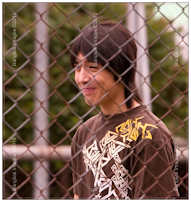 I’d like to introduce you to Matthew. Matthew is my son. He’s 17 years old going on 50 and he’s already seen more of South East Asia than most will see in a lifetime. He knows every major and most minor airports between SEA and America inside and out. The nooks, the crannies, the rare places you can stretch out and catch a nap between flights. The best places to buy noodles. Where the girls hang out. He knows Thailand better.
I’d like to introduce you to Matthew. Matthew is my son. He’s 17 years old going on 50 and he’s already seen more of South East Asia than most will see in a lifetime. He knows every major and most minor airports between SEA and America inside and out. The nooks, the crannies, the rare places you can stretch out and catch a nap between flights. The best places to buy noodles. Where the girls hang out. He knows Thailand better.
Unfortunately this will be his last full summer with me here before he’s off to the university. I’m not sure if I’m more proud, or more sad. I think more sad. I think the hurt will be much worse even than I’ve been anticipating.
A few months ago I didn’t think it possible, but now in the last weeks of his visit I’m certain of it. His excitement is my pain. This is the way it’s supposed to be. To say I’ll miss him terribly can only be the most
severe understatement.
I asked him to walk around the neighborhood with a camera and show us the neighborhood through his perspective. To record the feelings he experiences in black and white. The camera matters not. It’s the perspective which intrigues and draws us
in. High contrast Pan-X black and white from 30 years ago. 17 year old eyes. It fits. Only two images will be in color, the rest timeless tones of grey where in most places time has stood still, and in other progress marches on.
Perhaps more than anything I’ll miss the fresh perspective he brings to my life.


















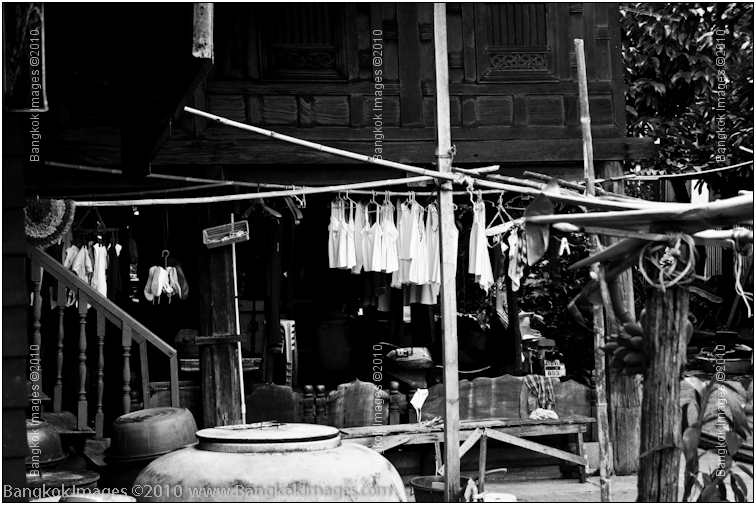



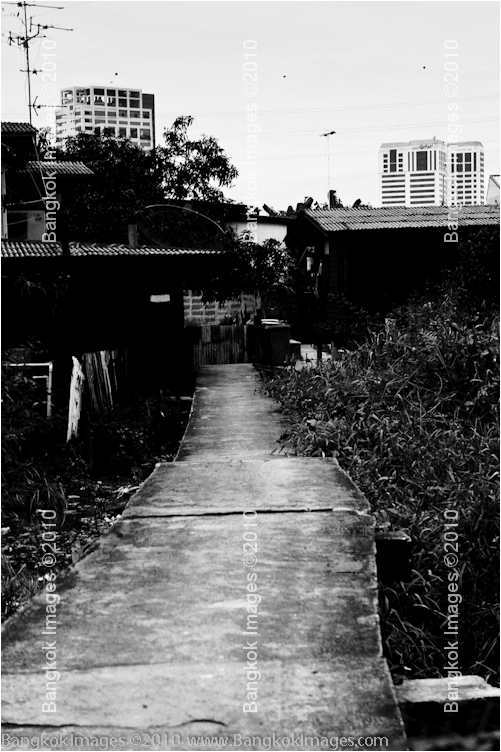
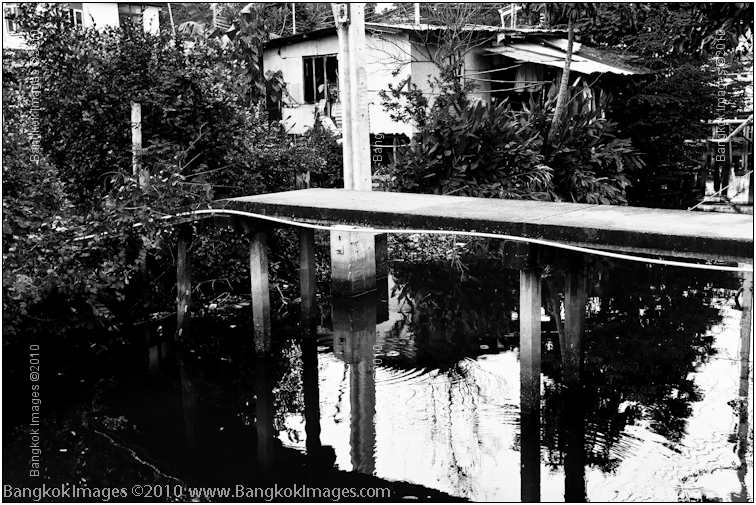
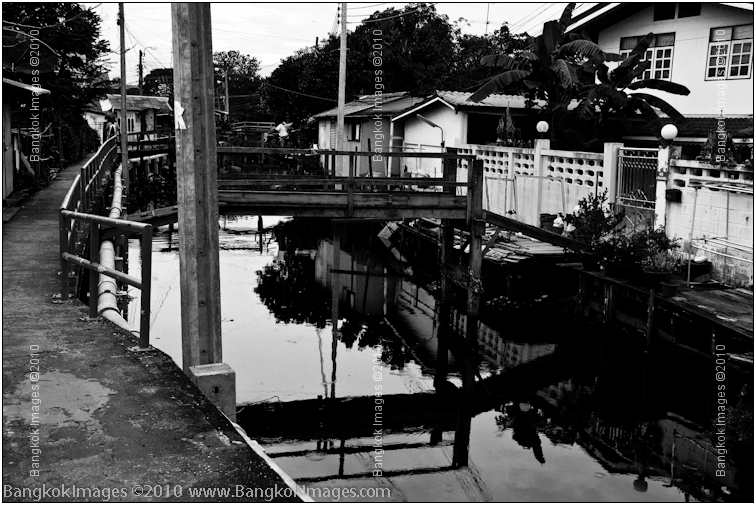
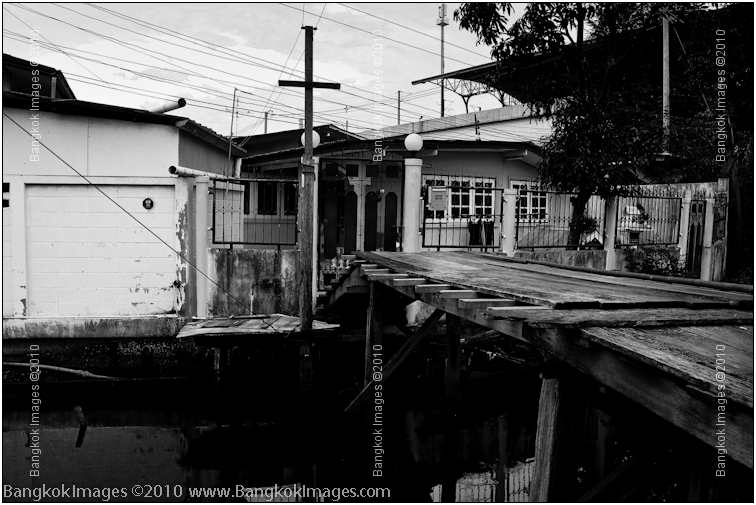
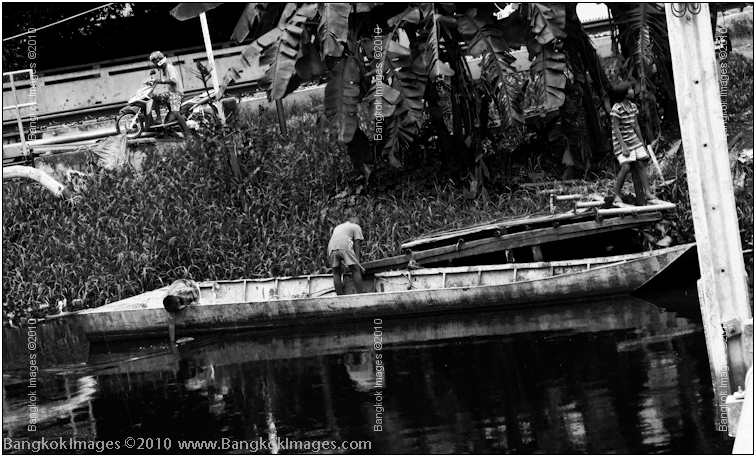
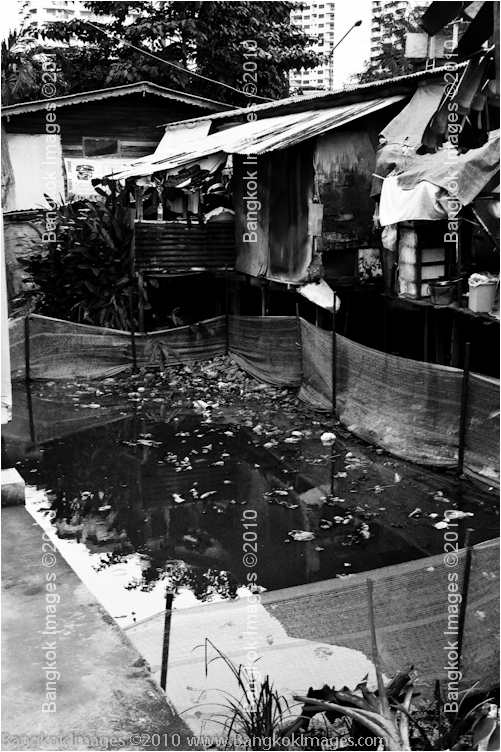
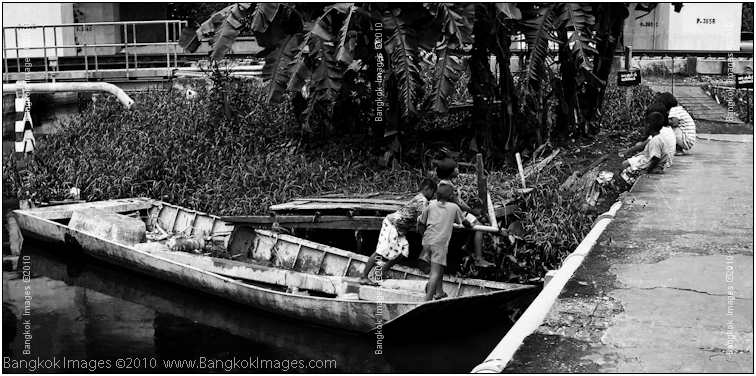
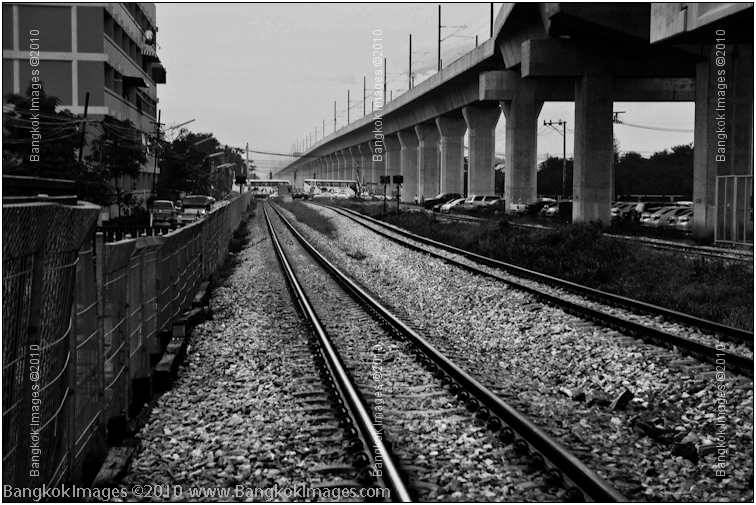

HTC Desire Smartphone, Hands On *menu

Introduction
This really isn’t a review because I won’t be comparing it to other products. It’s more of a hands-on report and my rational for picking this model which is available in Thailand and what it offers you.
My Motorola L7i candy bar phone has worked flawlessly for the last five years and it continues to work well. It makes phone calls, holds my contact list, doubles as an alarm clock, and connects my laptop to my phone carriers (AIS) internet
services either through a USB cable or Bluetooth. The battery only needs to be recharged once a week. I’ve dropped it countless times, sat on it routinely (I carry it in my back pocket), and once even dropped it in the toilet.
I fished it out, removed the battery, let it dry out for a few days, and years later it works fine. Heck, even the 2.1mp camera and video camera isn’t bad. Why would a guy want more than this functional beauty?
In a word real time email and internet access. And the more time I own my HTC Desire the more functions and aps (shorthand for applications) I’m finding I can’t live without. I need to provide my customers real time email
and voice access during business hours. They expect it and they should. Often when in the field I need a file from my FTP, to check my website, access a PDF users manual for a camera, or any number of reasons which previously required a laptop.
The HTC Desire can do all of that and more, and in a package just a hair bigger than my old Moto. It still rides in my rear jeans pocket, it still makes calls, but it does much more.
Which Model?

The Smartphone battle has come down to either the IPhone or the Android system. Industry analysts predict that within 6 months there will be more Android systems simply because many more manufacturers sell and support them. Android is also open source
and it’s applications are growing and will soon be more than the IPhone. Both are great, but to me Android was the future.
So.. I shopped around MBK, Fashion Mall, and the usual suspect malls. At one store they had a HTC Desire mockup dummy available it and just felt right. Very solid, very nice texture,
not too big, not too small, and the most beautiful 800×480 LED LCD screen you can imagine. This store didn’t have one, but my trusty assistant found me one that day and had it in my hands that evening.
Before deciding on the Desire I did my due diligence and scoured the internet for reviews and opinions. It turns out the HTC Desire is to date, the best HTC Android system available in Asia. It’s the equivalent to the HTC Hero or Legend in the
states and then some. Plus, it didn’t have the Jay Leno ‘chin’ I find distasteful (sorry Jay).. If I remember right the cost was 21,000 baht. Ouch!!!
My Data Plan

I’ve been an AIS customer for years and overall I enjoy their service because they have coverage in parts of Thailand DTAC and the others don’t. My normal plan was baht 600 per month which included all the talk time I can personally use
and 300 SMS messages and 30 hours of internet usage. Not bad for the US equivalent of $15 a month! Adding “unlimited data” and computer usage bumped me up to baht 1300 per month.
There were other plans available but I wanted to leave my data on all the time without worry, update often without worry, and use it as much as I wanted without worrying I’d get a zillion baht bill at the end of the month. I might downgrade the
plan after using it for six months or so, but for now I’m paying less than $38 USD per month for unlimited everything. I can live with that for now.
The Dreaded Learning Curve

It took me 20 minutes to transfer my Outlook contact list into the new phone, install my SIM card, install a 16gb 30mbps MicroSD card, and plug it into the charger. I figured I had everything set up the way I needed at this point and I was satisfied.
In reality I only had it duplicating my Moto.. but it certainly wasn’t using the new features.
To be honest it’s been a month and I’m still learning. Every time I get a few free moments, which hasn’t been often, I pull out the phone and the instruction manual and possible Google functions on the internet, and learn something
new. I’d guess I’ll continue learning new things about this phone and new ways to use it for months to come. Expect that kind of learning curve.
And I still don’t have my email activated! Maybe next week.. ;o)
Instead of email I’ve found the Android Market Place Application Store with all the free and fee based aps. So far I’ve installed a carpenters level (very handy, but not sure why), a guitar tuner, tuning fork, Yahoo Messenger
ap, some news and weather widgets and much more. Even a bartenders guide on how to mix any drink possible and a BAC analyzer and I don’t even drink! And it’s fun pretending to use these aps in silly ways that make people laugh..
like blowing into the microphone to activate a pitch pipe.. J
Actual Use

It works great. Reception is wonderful, it picks up wi-fi networks automatically and seamlessly, and if it can’t find one then it uses AIS albeit a bit slower. The weather and my favorite news areas are always updated and ready for me to read,
using the internet is easy, the screen is big and beautiful (for a Smartphone), it’s very easy to type with and it’s self-correction and spelling features are the easiest I’ve ever used. I think once I get
better with this it will be better than a Blackberry. You can also use voice and dictates your emails and text messages.
Simply put, it will do just about anything a computer, phone, fax, or Blackberry will do, but I often have to sit down for a few minutes and learn how to do these functions, install an ap, or figure out how it does it. It uses Android 2.1 with HTC’s
“Sense” which makes the user experience that much nicer and we’re supposed to get the new 2.2 update before the end of the month which promises huge speed increases and the little odds and ends of function that were
missing from 2.1.
One thing is doesn’t do is connect the internet to my laptop via Bluetooth. It does connect to my laptop via Bluetooth for 7 different functions, but connecting to the internet isn’t yet one of them. I need to use a USB cable to do that.
Android 2.2 will allow me to turn my HTC Desire into a Bluetooth internet hotspot for up to ten computers. I can hardly wait.
So far though, I’m still climbing that learning curve so I don’t really miss any single function.
I did find a talking parrot application. A picture of a parrot comes up on the screen and you teach it to say things.. and then it repeats them to others for their amusement.. or annoyance.. depends. It’s easy to spend way too much time showing
your friends the neat new features of your new toy that they really don’t care about. No worries, they’ll be assimilated soon and have their new phone (a newer model than yours of course) and they’ll talk
your ear off about how great it is.. payback!
Summary

I’ve really enjoyed using this phone. The battery needs to be charged daily, that seems to be the nature of all smartphones and Blackberry’s, and it’s a tad bigger though not as big as some of the monster smart phones out there. It
works great with my Bluetooth headset and my Bluetooth GPS… it’s all seamless and automatic. I was really surprised when my GPS started ringing and someone started talking to me on my GPS before I realized what was happening.
I bought a car charger to keep it topped up while driving, a silicone case which hasn’t arrived yet, and a spare battery. Google maps with voice prompt navigation doesn’t work in Thailand yet, but it soon will.
There’s like a zillion aps out there, so if you want to grow a vertical garden, practice origami, watch Hulu TV (btw, it works great with my Slingbox in the states via the new Android Slingplayer!), Utube, or otherwise entertain
you while waiting in all the places Thai society has you waiting.. then there’s an ap for that too. There’s even a couple Thai cookbooks, Facebook, twitter, MySpace, and much more. Caller ID shows you the callers social networking
site picture automatically, or optionally a picture you designate. You can even make it bark like a dog. It does everything!
Expensive yes. Useful immensely. Intrusive on your life certainly! (if you let it) But in today’s business world it’s expected you have email handy all the time, be able to read Puff's, spreadsheets, Word docs, etc,
wherever you are. Not keeping up makes you look a bit like a dinosaur and frankly, I don’t try twice to get in touch with anyone. If they can’t be bothered then they don’t want to be bothered and I won’t be bothering
them.
Are there better smart phones out there? Perhaps. The new Iphone4 is having some issues, Blackberry’s are really dated, Windows based units are very slow to catch on, and Android is storming the market and HTC is the best Android based device out
there.. has been for a while. In Asia, the Desire or the new lesser expensive “Wildfire” are the two devices to have.
Photography News of Interest *menu
Okay, it’s alright and legal to sell personal data a website collects in the course of its business, but now it’s a problem because it’s a gay magazine? Should there be different rules ? What do you think?

The Panasonic DMC-G2 Micro 4/3’s system has matured significantly into what you see here in thisDigital Photograph Review of the G2 If you’re invested in the Micro 4/3’s system this is the one to beat. If not, take a good look at the Sony NEX-3 and NEX-5 with it’s much larger APC-S sensor.

This should be of interest to a lot of our readers. Viewbook.com is having an online contest for photographic narratives They’re seeking entries and I know a lot of you guys are really good at this!

A 30x zoom, 24-720mm (35mm Equiv?) These are incredibly fun and useful cameras for the avid traveler and this one is certainly worth taking a look at. Imaging Resources has it’s
excellent review here.

It’s no secret I’m becoming a fan of the Sony NEX-5 and the single lens I currently own, the 18-55mm OS lens is as good as most mid-range zooms. I have the 16mm F2.8 on the
way. Imagine this APC-S sensor and these lenses on a dedicated video camera body and you have the Sony NEX-VG10 which is what makes the Sony system VERY different from the others.


Readers Submissions *menu
Steve:
I really enjoyed this week’s column and got a number of good ideas on things to try.
The use of HDR looked like a great tool so I downloaded the trial version of Photomatix.
It was easy to use and produced good results. Do you find many uses for the program in your work or do other programs offer the same results?
The second project was “Clouds 101” as shown in your section on that subject. I have cloud and USA flag file folders that are used in my video productions.
Please look at a few of my "Cloud 101" adjustments and tell me what you think of the results.





I use PaintShop Photo Pro X3 software for all my digital photo work.
The third project was on how to remove unsightly objects in a photo.
Your sample photo of the “The Fishwat” and how you removed the power lines using Adobe’s Photoshop CS5 “Content Aware Fill” was very interesting.
I used the above-mentioned PPPX3 and their “Smart Carver” to remove the red stake from the “Warning” picture and the lights from the “parking lot" picture. What do you think; do they look OK to you? (See below)



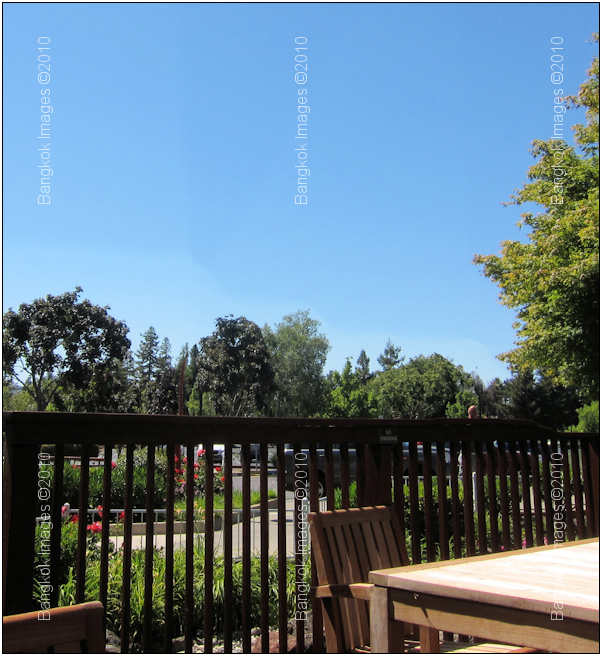
Finally, I am very interested in the Sony NEX-5 you are reporting on in the column. My question revolves around the lens choices between the 16 mm digital (35mm equivalent: 24mm) and the 18-55 mm (35mm equivalent: 27-83mm) offered by Sony for the NEX-5.
I prefer a point and shoot for the ease of caring it in my pocket. Ready for use in a few seconds but out of the way when not needed.
The NEX-5 with the 16 mm lens is a decent pocket fit but I will only have use of a "wide angle" lens. Am I correct in this and/or is there any option the camera offers, other than buying the larger 18-55 mm lens?
Rick
PS: Keep up the great work…..
Rick
I love submissions like this. You read the last column, tried some of the techniques, and it shows you improved your photography by adding new techniques to your bag of photography tools. Great work! Please allow me to comment on them in order.
The clouds: Looking at the first two clouds the cloud on the left looks well exposed and ample detail is present. Not blown out at all and very usable. The cloud in the upper right is mostly blown out. A scene with various exposure
needs like this is best captured at the shortest exposure time that will allow none of the clouds to blow out (lose their detail), and then the rest of the frame adjusted.
The next three images you can see the first one with the lighter sky showing good detail, but the subsequent images at shorter exposure times show much more detail and a darker sky. I prefer the latter, because with a few additional techniques you can
lighten up the sky to a more reasonable level of exposure while masking off the clouds and keeping the increased detail. These will make great additions to your cloud library.
Also, keep in mind that as you move up in cameras you’ll be able to capture more “dynamic range” in each scene. These taken with a point and shoot are limited to what looks like 4-4.5
stops maximum which makes this particular task difficult. A consumer DSLR used correctly will give you up to 7 stops which is a huge difference and a pro grade DSLR will be near 8.5 stops. Huge differences.
Unsightly objects: Great work! And this is a great example of how consumer grade software often comes with some of the advanced features the professional software suites boast. This looks more like cloning than content aware fill,
but cloning done properly is what content aware fill is trying to accomplish for the most part. I think you accomplished your goals very well.
NEX-5: As you know I’m loving my NEX-5 with the 18-55mm OS lens and as you’ve observed this makes for a bigger than “pocket size” package which many are looking for. It’s a great ‘knapsack size’ package, but you’re right the 16mm F2.8 will make a much better ‘pocket size’ package. I currently have a 16mm F2.8 on its way to me via the states and international shipping and I’ll evaluate the 16mm once it arrives.
I’ve heard mixed reviews on this lens and I want to see for myself. I fear the 24mm (35mm equiv) is too wide for the average person and I hope they soon bring out a 20-22mm (40-44mm) pancake lens like they have for the
Micro 4/3’s system.
I suspect this will become a popular format and new lenses will become available in the coming year. Watch for them. Already a 55-200mm is being talked about being released soon and there are some other less substantial rumors.
The Sony NEX-5 will give you DSLR image quality in a pocket size package.. and that’s something many of us have been waiting for, for quite a long time. I’m loving mine!
Thanks for the great input. I had fun reading your write up and responding. Great stuff!
Steve
I suspect the readers submissions will be a highly anticipated section of this column and I encourage anyone with photographs and travel accounts they'd like to share to please send them to me at: info@BangkokImages.com
Readers' Questions *menu
Hi Steve,
My wife and I have been working for the past years on producing a cookbook about Northern Laos food.
I produced the bulk of the photographs, some taken as long as 7 years ago on a Sony 717, later the 828, The Canon 20D, then 5d, now 5D Mk11.
Progression in quality. From the 5D onwards, I used RAW, before that jpg. All taken in situ, often badly lit local kitchens, sometimes bamboo huts by oil lamp light. In short, a mixed bag in terms of quality.
About a year and a half ago, she started doing the layout in InDesign, aiming to have the book printed online via Lulu or Blurb. Lulu indicated sRGB was Ok for their printing process.
Each of the 350 photographs in the book was processed by me, usually in Lightroom, occasionally in PS CS3. Then exported into jpg sRGB, sized for the final size in the book and 300 ppi, using the LR export function. This helped us reduce the total size of the book in terms of MB, rather then using the original jpg size, sometimes 14 mb each.
We received a sample copy from the printer, and weren't happy with the print quality, the bind (glue) fell apart rapidly, and the prices had escalated since we first investigated the process. So we decided instead to go to offset print, and print in Thailand, where we live, using a local Bangkok printer who has shown us previously printed books of good quality.
During our talks yesterday, they reminded us that they prefer to receive it in the inDesign format, but with all photographs in CYMK.
Since I didn't keep my export settings for each image on file, I have two options:
1. the lazy way, opening each exported (already sized for the book and usually reduced) jpg in PS, resaving it some size in CYMK. Risk, resaving jpg can cause loss of quality.
2. Going back to each original image (still in a LR catalogue, exporting it from LR to PS, opening it, resize to required size for the book, change ppi to 300, export as jpg CYMK.
Because I'd be using the original file (RAW or jpg), tweaked in LR, I'd also have to apply each crop again accurately as chosen in the layout.
The total amount of work will be a lot more, since she will probably have to re-align each image again in the layout. in InDesign.
My Question: Is step one e.g., open and re-save jpg in CYMK adequate, or would I be better to use step 2 and start from scratch?
Kees
Hi Kees –
First, congratulations on your book!
CMYK: This is a different animal of a color space normally reserved for printing books, magazines, brochures, etc..
It's not even as close to being as simple as "convert to CMYK" and letting it go like that. Depending on how your system is color managed, your luminance values, gamma settings, etc.. you're probably going to be far
off on colors. In my experience most professional print houses will use something close to these settings: 5000/2/90 Maybe up to 110 on that last setting. You'll need to run a few test prints (attaching a print chart for you to use (it's sRGB but converting it to CMYK is a good practice. If you can get all the nuances of this test chart to print properly in CYMK you'll do fine with the rest of your images.)
About your images. Try to remember a gamut is like a box of crayons.. the bigger the gamut the more crayons and a set number of shades for the crayons. It is far easier to start with the biggest box of crayons (gamuts such as Adobe98, Prophoto) and then convert down to the smaller gamut (CYMK) as needed, you will lose far less data this way than if converting from sRGB directly to CYMK.. and of course it will depend on the type and quality of image to begin with.
On my "What's New" page: I recently linked Jeffrey Fried's excellent article regarding jpeg compression (a loss compression) and he gives great visual aid's on different types of images vs. different levels of compression. Well worth the read. He did a great job putting it together.
Keep in mind, it is far better to start with a lossless file (RAW, TIFF, PSD) to make a lossless file (CYMK) than a file that loses data as it's compressed and manipulated (jpegs) if your end result is the best CYMK file
possible.
I know this isn't what you want to hear.. and it is possible you could get acceptable results with a straight conversion.. but I remember your work being very good and I wouldn't want any degradation in that level of work.
SO.. profile your monitor.. 5000/2/90.. Then convert your files upon import into CS3/4/5 (LR still doesn't do CYMK) to CMYK color space, adjust your files, and then save as CYMK files. I recommend working the sample file I attached,
sending it to your printer, and getting your workflow down solid BEFORE working the rest of your images. Much better to only do this once.
Let me know if you have any issues with your conversions. It might be worth a trip over for you to work on proper monitors as your Imac monitor just isn't up to the task of solid CYMK, at least in the since of solidifying your workflow. Do I remember
right you have an Eizo external? Much better choice if you do. Imac monitors are good for sRGB work at general levels, but not the professional quality conversions you're looking for.
As an aside, I've recently replaced my tried and trusty Viewsonics (after 8-9 years) with NEC's with internal LUT's (this means the limitation of your one LUT video card doesn't matter because these monitors have built in 14 bit hardware LUT's which are much better), upgraded my color puck to a wide gamut capable model, and procured xrites total color checker system.. just for things like what you're doing. It's a big investment in both time and money and it's more easy to get it wrong, than
to get it right.
I hope this helps.
Steve
Please submit your questions to info@BangkokImages.com All questions will be answered and most will show up in the weekly column.
A Snapshot of Bangkok Images Week in Review *menu

This is another slow week and I came very close to not having time to get a column out. No work, but several issues receiving in new equipment and color profiling my monitors and some personal issues involving time spent at immigration renewing my visa,
a personal medical appointments, and then a minor surgery for my son. All in all, there wasn’t much time left for anything else.
We very much want a overland road trip to Laos but every time we make progress with the planning something else gets in the way.
My son was nice enough to help out by taking the photos for the feature piece this week. Thank you Matthew! I hope everyone enjoys the closer look at our local neighborhood.
The Webmaster has been busy solving what appear to be small issues with the site, but in fact they take a great deal of time and effort to pinpoint and solve. We’re making good headway getting
things setup as desired.
Still a ton of hardware and software reviews coming down the pike. A new Sony NEX Alpha 16mm lens, a NEC wide-gamut colorimeter, the NEC monitors themselves, image hoods, Seagate Momentus Hybrid SSD/Mechanical hard drives, a new Color Checker Passport
came in this week, Adobe CS5, Topaz, PTIgui, and the new Office Professional 2010.
We also have a complete system build we sourced the parts for and documented coming your way soon, a high-end imaging system you can get the parts for at Pantip and build yourself. All proven parts, and the new owner of the system couldn’t be happier
as he carried it back to Australia with him.
Infocus Blog, Yanhee Hospital, Our Experience *menu
I did a small blog entry some weeks back about our visit to Yanhee hospital well known for their plastic surgery and included some pictures taken
with the new Sony NEX-5. We were there to get my son evaluated for a mole removal.
Today was the big day. I’ve never seen a more crowded hospital ward, virtually hundreds of patients were waiting in the plastic surgery department for their turn with the doctor(s), either evaluations, follow ups, or surgeries.
For us today was for the surgery. Very efficient! They told us what the fee would be (baht 3510) and we paid in advance. They led him off to the surgical ward, dressed him in scrubs, and 30-40 minutes later he was finished and we were
on our way home with the appropriate crèmes, antibiotics, and pain relievers. The work appears to be first class!
They appeared to have a very efficient production line serving hundreds of people at the same time, we didn’t wait longer than five minutes for anything, and we were treated professionally and with great courtesy. And every staff member we encountered
from the pharmacy clerks to the nurses to the doctors, all spoke great English. Overall a very positive experience!
Until next time…




